When placed on either side of a door to frame it with year-round foliage, bay trees have something classic and timeless about them.
When it comes to the winter, potted bay trees shine. Since the bay leaf plant (Laurus nobilis) is an evergreen, it produces lustrous leaves all year round.
The standard bay tree can be grown as a bonsai on a windowsill or let to expand out into a tree for your porch in a half-barrel planter because it is so adaptable.
However, bay trees in pots depend entirely on you, just like all plants grown in containers, for the nutrients and water they require to thrive.
Once the nutrients in the original compost have been depleted, you are their only source of these two essentials.
Learn more about plants and gardening at Plant Judo.


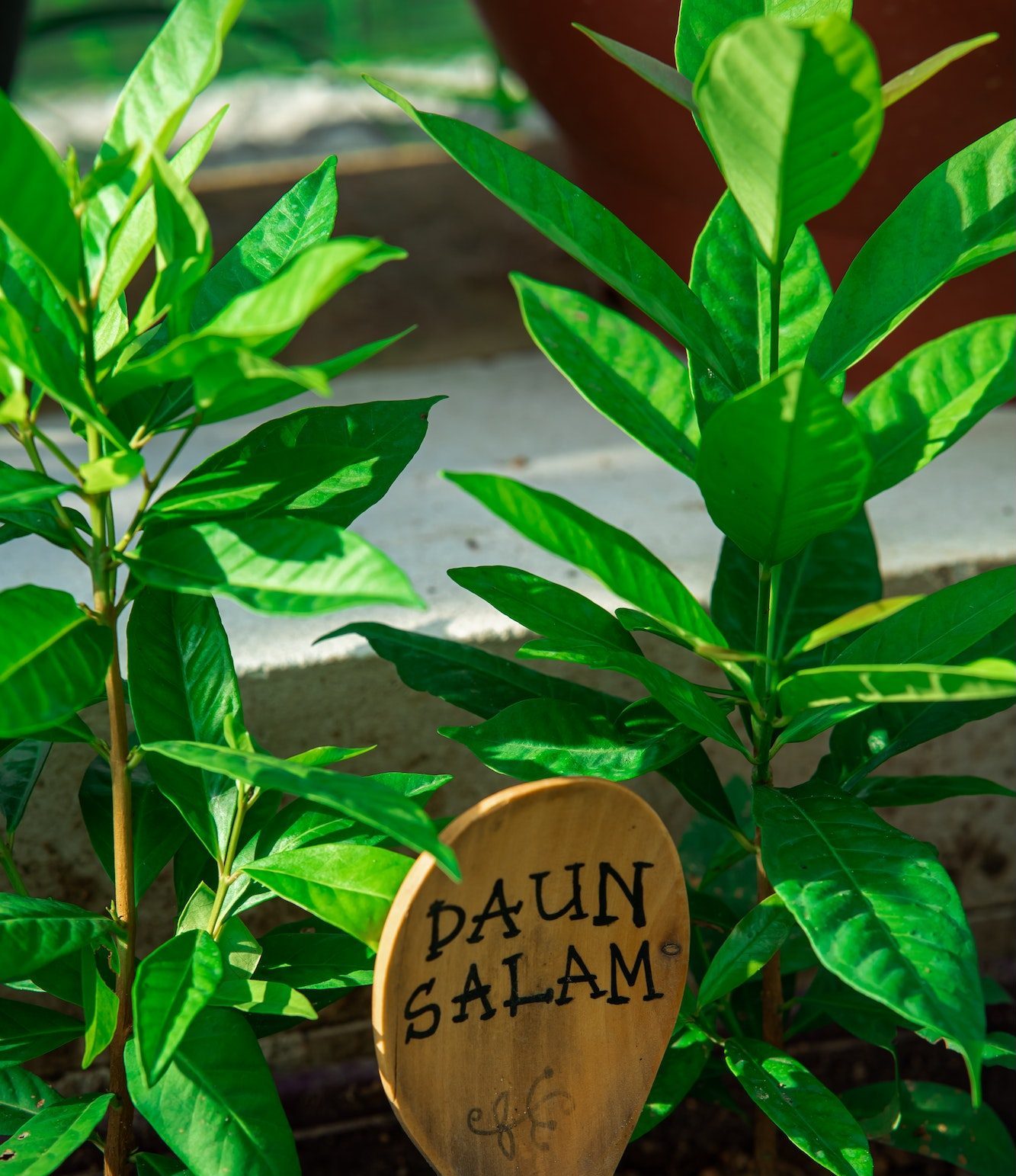
The bay tree, also known as bay laurel, is an evergreen shrub with fragrant leaves that are often referred to as bay leaves.
As the principal component of a “bouquet garni,” bay leaves are a crucial foliage plant for herb gardens.
You may use them in many meals, including soups, stews, and even ice cream. They can be used fresh or dried for storage.
While a bay plant will eventually grow into a tree up to 8 metres tall, it will take several years for this to happen. Bay can be pruned to maintain the ideal size.
Traditional topiary bay trees are trained and trimmed to add a formal air to the landscape. As an alternative to yew or box topiary, Laurus nobilis is frequently offered for sale in the form of a regular lollipop tree, a cone, or with plaited or spiral stems.
It is constructive given that the box is currently afflicted by the box tree caterpillar and box blight.
Bay grows incredibly well in containers, and standard bay trees look particularly lovely on either side of a front door, providing a formal display you can enjoy all year.
There are two kinds you can choose from:
You can try the dark green, fragrant leaves of Laurus nobilis. When fully grown, plants can grow up to 8 metres. However, it will take a long time.
Or try the lime green/yellow leaf of Laurus nobilis ‘Aurea’. Insignificant spring flowers. When fully grown, it is a little smaller than Laurus nobilis.
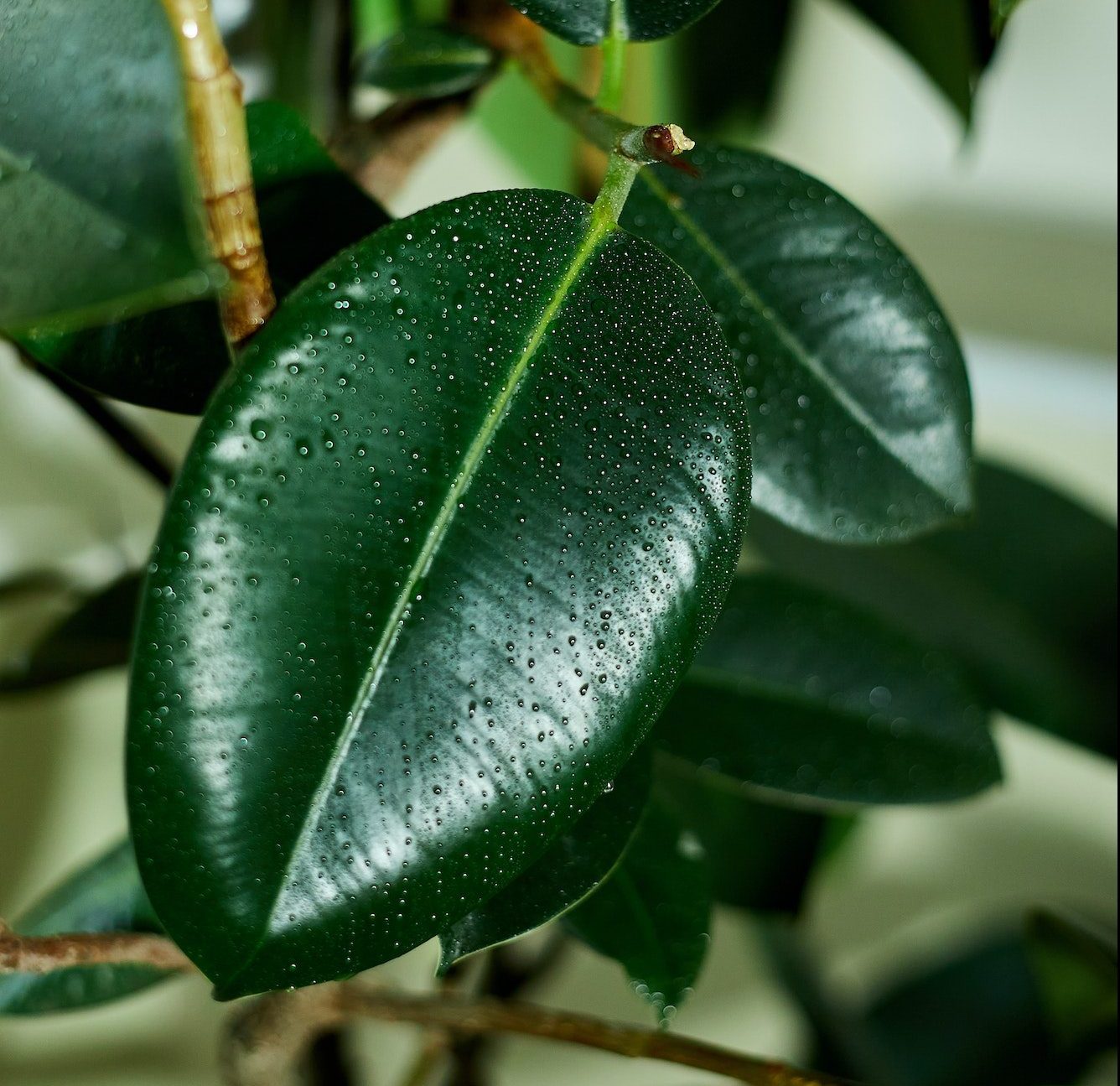
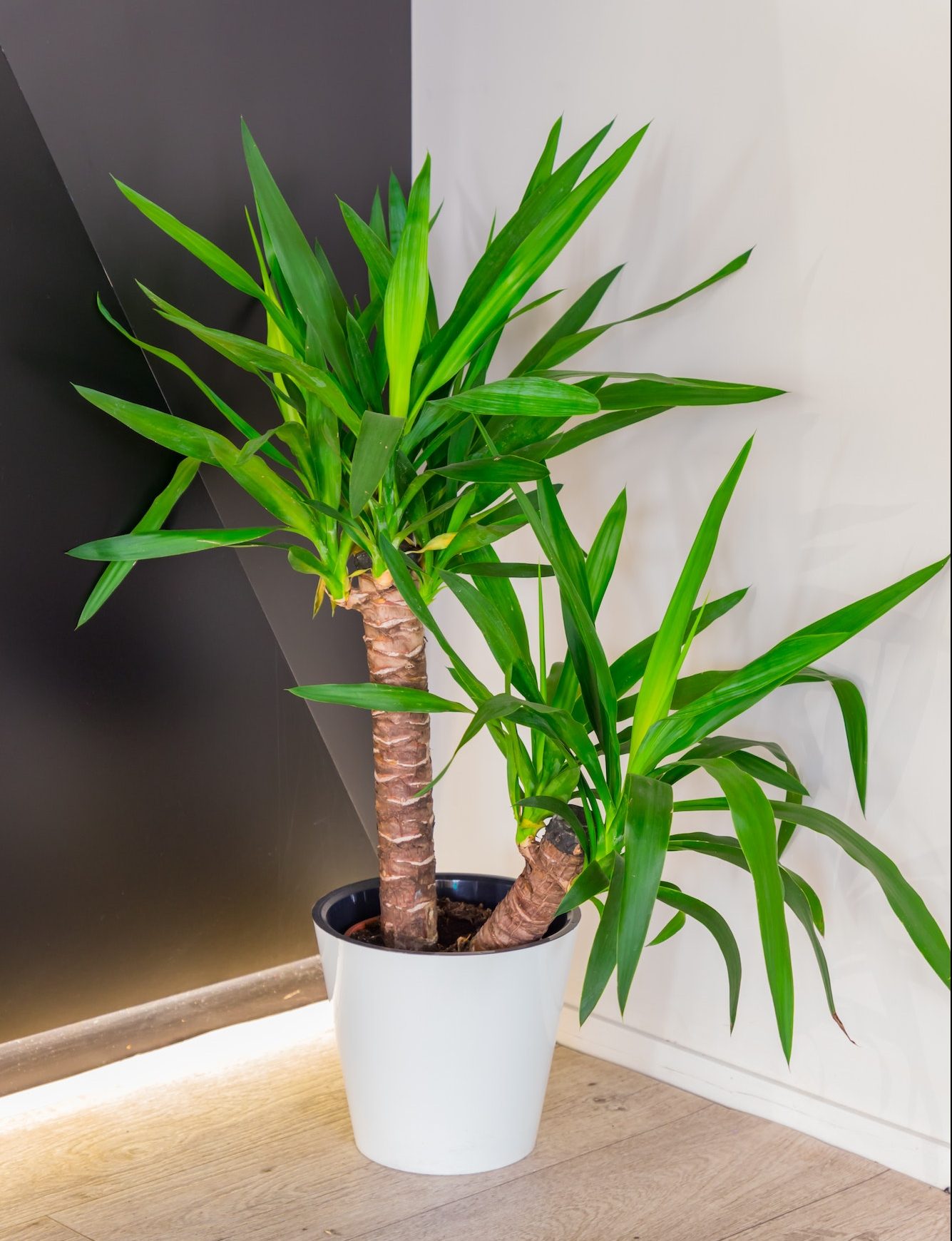
How do you grow a bay in a pot when a bay leaf can grow into a tall tree over time?
The truth is that bay leaf develops very slowly and tolerates practically extreme pruning. By pruning each year, you can cut it down to size.
Additionally, while growing bay laurel in a pot, the tree will always remain smaller than when its roots are buried in the ground.
You can plant bay leaf seeds to begin growing bay leaves in containers. However, seeds take a long time to germinate. Buying little seedlings will speed up the process. Eventually, they will develop into mature bay trees.
A bay leaf needs plenty of drainages to survive. Choose a container with many drain holes, and use easy-to-drain soil. Begin with a tiny pot and re-pot as required.
Don’t rush the process of moving your bay laurel into a container. When the plants are a little congested, they thrive. Hold off until roots start to emerge from the container’s drainage holes.
Yes, that is true, a tree in a pot!
If you want a mature tree between five and six feet tall, a 24-inch container will do. Instead, you may select a compact six-inch bonsai pot and maintain your plant clipped to a height under a foot.
There are various alternatives when choosing a container for this plant to grow in. If you mess it up, you may not have that beautiful bay tree
Although bay laurel can tolerate swollen feet, it cannot tolerate wet feet. Regardless of your container, it must have a drainage hole per 12 square inches of surface area.
The availability of appropriate drainage is more important than the container material. If your area experiences frequent heavy rain, you might wish to choose unglazed terra-cotta.
Compared to sealed containers made of glazed ceramic, plastic, or cement, these pots dry up more quickly.
As a result, more regular watering may be required, but it will also assist in preventing the oversaturation of your plants.
Depending on how big you want your tree to get, several sizes of containers are appropriate.
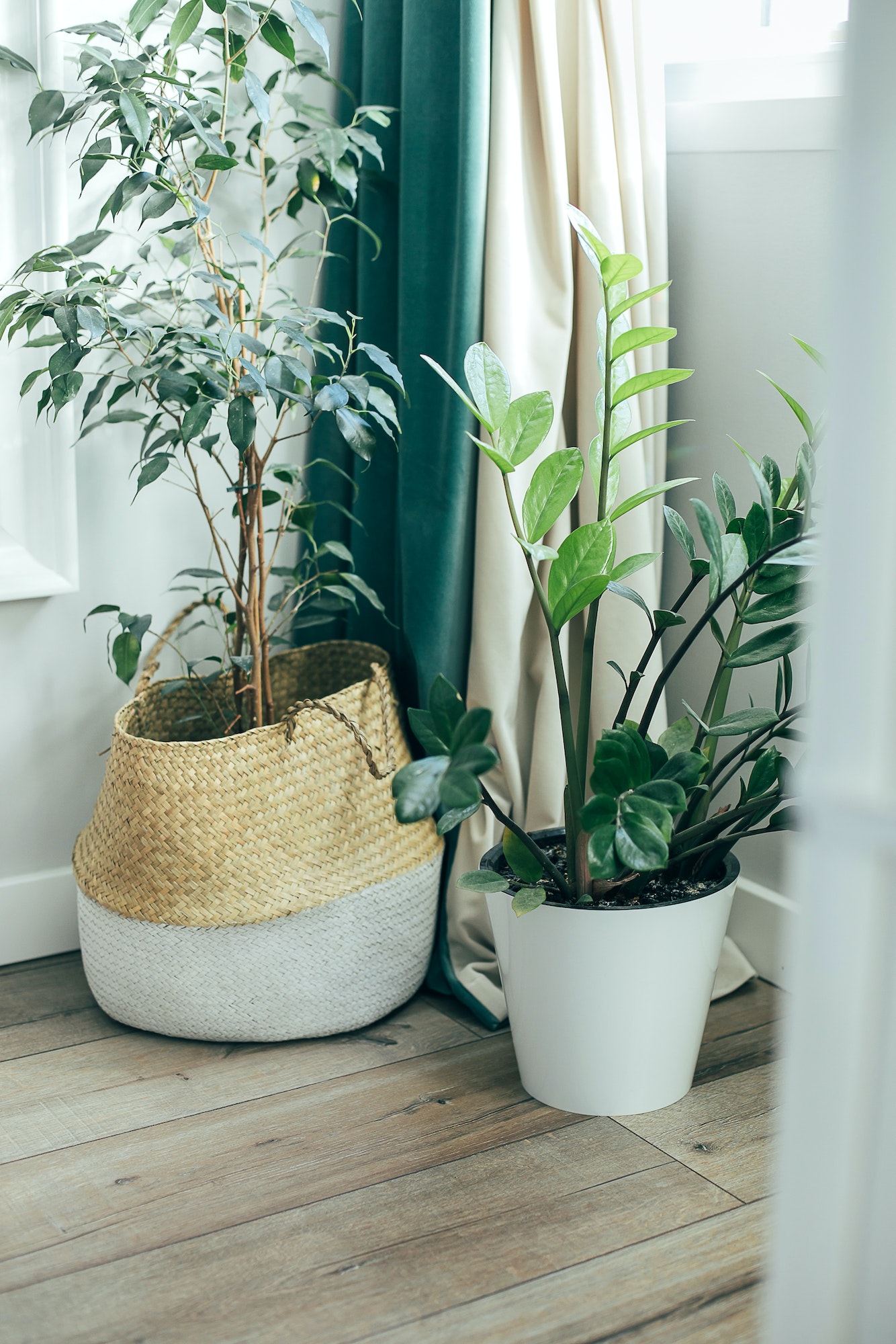
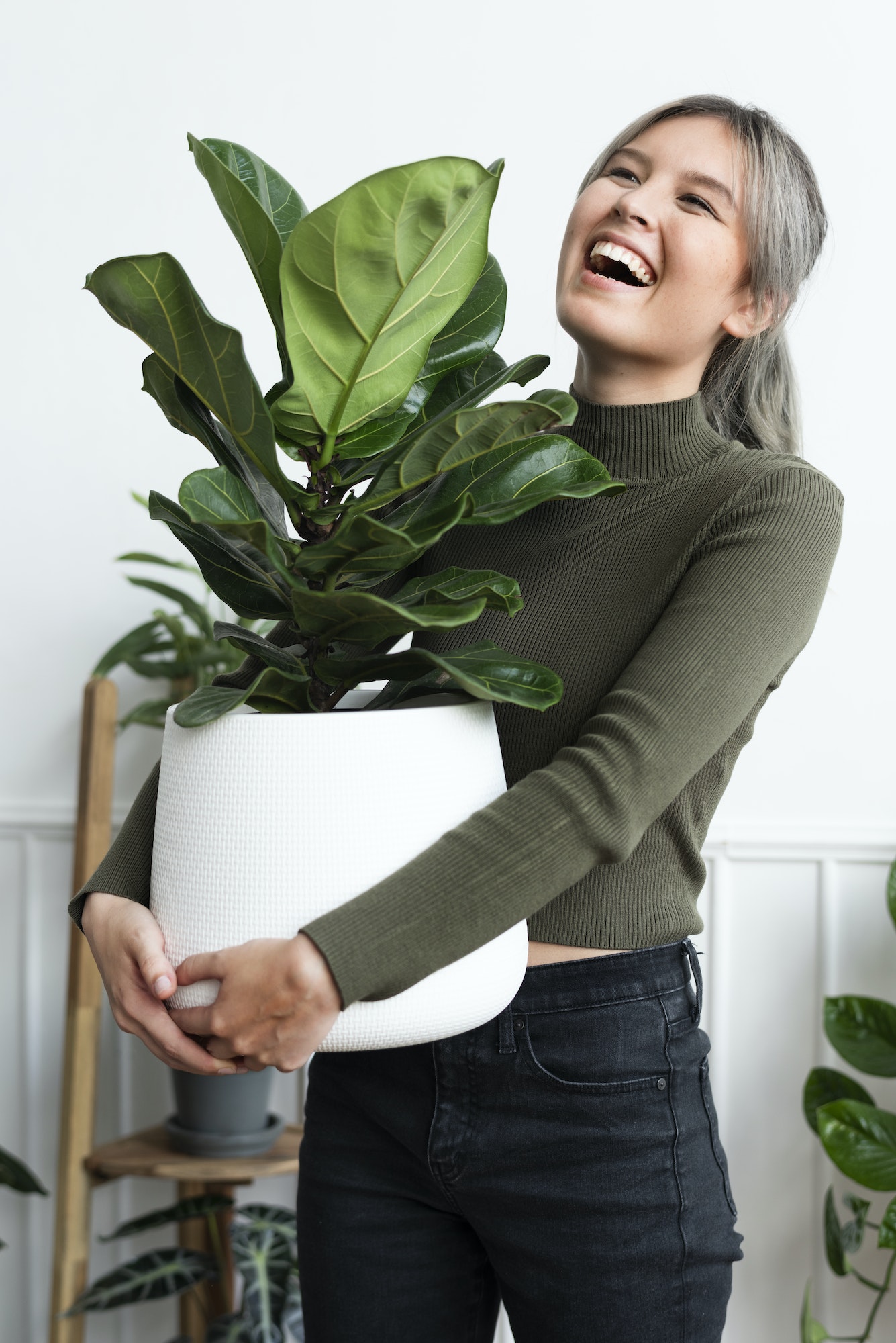
Bringing your container indoors during the winter is another crucial thing to consider.
If you reside in a cooler growing region, check that you can lift the container or put it on a rolling cart so you can move it indoors.
Be mindful of weight and proportions. Your tree shouldn’t grow any more than the container can support it, or you risk it toppling over in a high wind.
Make sure the smaller container is substantial if you wish to use it for decorative purposes: special cement or comparable material.
At Plant Judo, we offer a variety of plant pots for bay trees. All you have to do is pick the one that suits your tree best!
If you need more pot designs, you can ask our experts today!
The bay plant is ideally suited for life inside of a container.
It doesn’t care if you don’t water it for a few days, and it doesn’t mind if its roots become somewhat entangled.
It may be trimmed into various shapes, giving your herb garden an architectural element you couldn’t get from herbs like oregano or mint.
Of course, the glossy elliptical leaves also have a delicious flavour. There is something for having quick access to a plant that may enhance your recipes with a floral, peppery menthol flavour.
Do you intend to place a potted bay anywhere in your house or yard?
Contact us to start it immediately, or visit Plant Judo for a list of the best plant pots we have!


Your bay tree’s roots will eventually fill up the container to capacity. Generally, you need to re-pot your bay tree every two to three years.
Instead of constantly expanding the pot, pull out a third of the roots and re-pot a plant into the same container with new soil encircling the now-smaller rootball.
Scrape away all of the compost on top and add new compost in its place. In the spring, when the bays are about to begin growing once more, finish this work.
In the summer, prune bay trees that have been pruned into typical lollipops, spirals, or cones. To maintain the correct form of the plant’s foliage and promote bushy, thick growth, prune new growth back to a bud.
You can also remove any shoots or leaves harmed by the cold in the early spring. And throughout the year, clip away whenever you need one or two leaves for the kitchen.
A thriving bay tree needs well-drained soil, so make sure bay trees in pots don’t experience any waterlogging throughout the winter when it’s likely to rain more regularly.
To ensure that the drainage hole at the bottom can function adequately, raise the containers on pot feet.
They need watering in the summer because rain is less likely to fall during that time. However, be careful not to overwater as this can also lead to issues.

Copyright © 2024 Plant Judo. All Rights Reserved
Kemp House, 152 – 160 City Road,
London, EC1V 2NX
United Kingdom